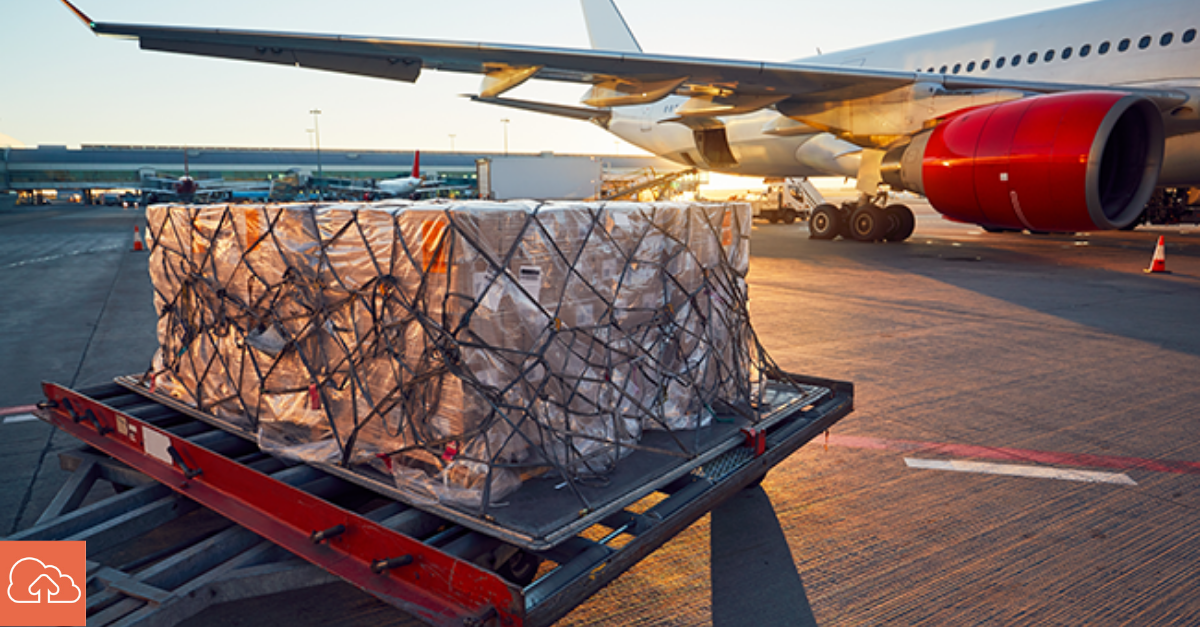Great technology, Air Cargo, and logistics have been my business passion for some time. Trade is a phenomenal business and is the economic bedrock of the global economy. And I must say that the air cargo industry outdid itself over the past 2 years. And the Air Cargo market is estimated to be a $145.2 billion industry by 2027. But that being said, one should always assess the market they are in as well as future growth trends.
Currently, the Air cargo market has some fascinating stats. According to IATA, approximately 100,000 planes take off, 20 million parcels are sent, and $18.6 billion in cargo shipped within 24 hours period. The multiplier effect of air cargo is undeniable. The ecosystem for air cargo includes governments, freight forwarders, ground handling, technology firms, mechanics, security and so many others. The estimate from IATA is that there are over 68 million people employed to support the aviation industry worldwide.
We understand that the covid pandemic nearly destroyed passenger airline travel over the past year and a half. We all know the reason why, but this prompted many airlines to shift more emphasis to their cargo business— converting passenger jets to cargo-only transportation to ensure revenue was being generated. Many airlines large and small have taken advantage of this trend. Additionally, the impact can be seen by the expansion of many airports to ensure more cargo capacity. In cities like Chicago, Philadelphia, Pittsburgh and so many others, airports are working to be sure they are ready to accommodate more cargo. Recently, Santo Domingo Airport in Latin America broke a monthly cargo record—and there will be even more airports setting new records. The local communities are aware of the multiplier effect that the air cargo industry provides their geographic area.
Then there is the simple proof of how so many of the airlines across the globe used their airlines and logistics expertise to support the people within their various markets. Many of the world’s airlines, including most of our customers, delivered vaccines to many, many people in local, regional, and international markets—a huge impact on restoring economic activity.
Air cargo is poised for great opportunities. The market is expanding and this is impacting the world. Given the tremendous growth in e-commerce globally, intersecting with the growth in air freight, there is no reason why air cargo cannot far exceed its current economic impact. This is especially true when you see the growth in customer expectations and demand for next-day package delivery. Air cargo is an exceptional, growing part of the overall global economy and a great place to have a career.



